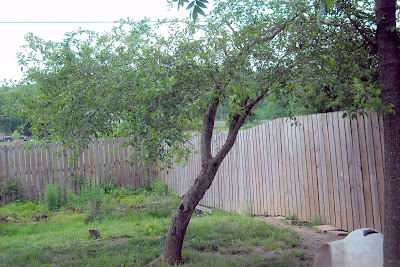This week we will see our first 90+ degree days. It is normal for a plant to appear slightly wilted during midday with these kind of temperatures. You should only be concerned if the edges of the leaves turn brown or the plant doesn't perk up when watered.
Things to be on the lookout for:
Maintain even soil moisture. Uneven watering can cause poor fruit development and unhealthy plants. Try to keep your soil as damp as a just wrung out sponge. It is perfectly normal for the top inch of soil to dry out and develop a crust, but below that it should be lightly damp to the touch. Check your soil each day, but water no more than once a day (preferably in the morning).
Check the underside of the leaves on squash plants (especially yellow squash) for clusters of small orange to dark red eggs. If found, crush them. These are squash bug eggs. If squash bug nymphs or adults are found on your plants, a dusting with diatomaceous earth
Continue to be on the lookout for imported cabbage worm on your broccoli, kale, and kohlrabi and for signs of powdery mildew and downy mildew on your squash, cucumber, and melons. Read my previous post on these problems.
Squash, tomato, and watermelon tip:
Save your eggs shells, let them dry, crush them into small pieces, and then mix them into the top inch of soil around your squashes, tomatoes, and watermelons. These plants are susceptible to blossom end rot which is caused by a calcium deficiency. The egg shells will boost the calcium in your soil.
Weather outlook:
-Hot, climbing into the mid to upper 90's
-Chance of sporadic rain throughout the week
-Ten day forecast
What's being harvested:
-Garlic scapes
-Baby squash and zucchini
-Celeriac leaves
-Basil, mint, and other herbs
-Squash blossoms
-Loose lettuce (probably the last week for this unless your lettuce area is heavily shaded)
-Turnips
-Radishes
-Strawberries
-Green onions
What's coming soon:
-Broccoli heads are getting really close (harvest when the individual buds in the head are the size of match heads)
-Peppers and early tomatoes are putting on fruits
-Kohlrabi is starting to head up






















